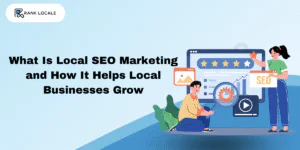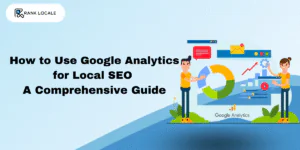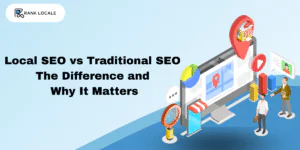In today’s digital era, having a strong online presence is crucial for many websites to stay ahead of the competition. However, several websites have struggled to be at the top of Google for a long time to gain the attention of their users first but didn’t get it due to a lack of SEO skills. But how do you ensure that your website is of top authority and can beat the competition? The answer is to have the right knowledge, skills, and expertise in SEO (Search Engine Optimization), where on-page plays a crucial role in it. As it optimizes your website’s content and structure to improve its ranking in search engines. That’s why it’s essential to execute the right SEO roadmap to remain at the top of Google search pages. But you don’t know what the on-page SEO elements and how they benefit you in the long run. Read out this blog post thoroughly, to understand the basics of on-page SEO.  On-page is the procedure of optimizing individual web pages to rank higher and get more relevant traffic in search engines. This includes on-page SEO factors such as good keyword research, high-quality and user-intended content, relevant internal linking, optimizing images and videos, and improving page loading speed. On-page SEO is very crucial, as it directly affects your website’s traffic, accessibility, and online visibility for potential visitors. Without proper optimization, you can’t rank well on Google, which makes it difficult for users to find you. Because users only open those pages that are at the top of Google and skip the below ones, it’s one of the on-page SEO examples.This results in lower traffic, and you can potentially lose opportunities for getting more conversions and sales. So, this is why considering on-page SEO for a well-optimized website is essential for everyone.
On-page is the procedure of optimizing individual web pages to rank higher and get more relevant traffic in search engines. This includes on-page SEO factors such as good keyword research, high-quality and user-intended content, relevant internal linking, optimizing images and videos, and improving page loading speed. On-page SEO is very crucial, as it directly affects your website’s traffic, accessibility, and online visibility for potential visitors. Without proper optimization, you can’t rank well on Google, which makes it difficult for users to find you. Because users only open those pages that are at the top of Google and skip the below ones, it’s one of the on-page SEO examples.This results in lower traffic, and you can potentially lose opportunities for getting more conversions and sales. So, this is why considering on-page SEO for a well-optimized website is essential for everyone.  One-page SEO includes several key elements to boost your website. These are:
One-page SEO includes several key elements to boost your website. These are: SEO provides several benefits to your website. Here are some benefits of on-page SEO:
SEO provides several benefits to your website. Here are some benefits of on-page SEO: There are several websites available ready to boost your website through their experiences in overall SEO: on-page SEO, off-page SEO, and technical SEO. But the question is how you’ll get the right SEO company to get SEO services for yourself. Here’s how you contact professionals for ranking your website’s performance:
There are several websites available ready to boost your website through their experiences in overall SEO: on-page SEO, off-page SEO, and technical SEO. But the question is how you’ll get the right SEO company to get SEO services for yourself. Here’s how you contact professionals for ranking your website’s performance: Some common mistakes that must be avoided while doing on-page SEO. These include:
Some common mistakes that must be avoided while doing on-page SEO. These include:
What is On-page SEO and Why is it Important?
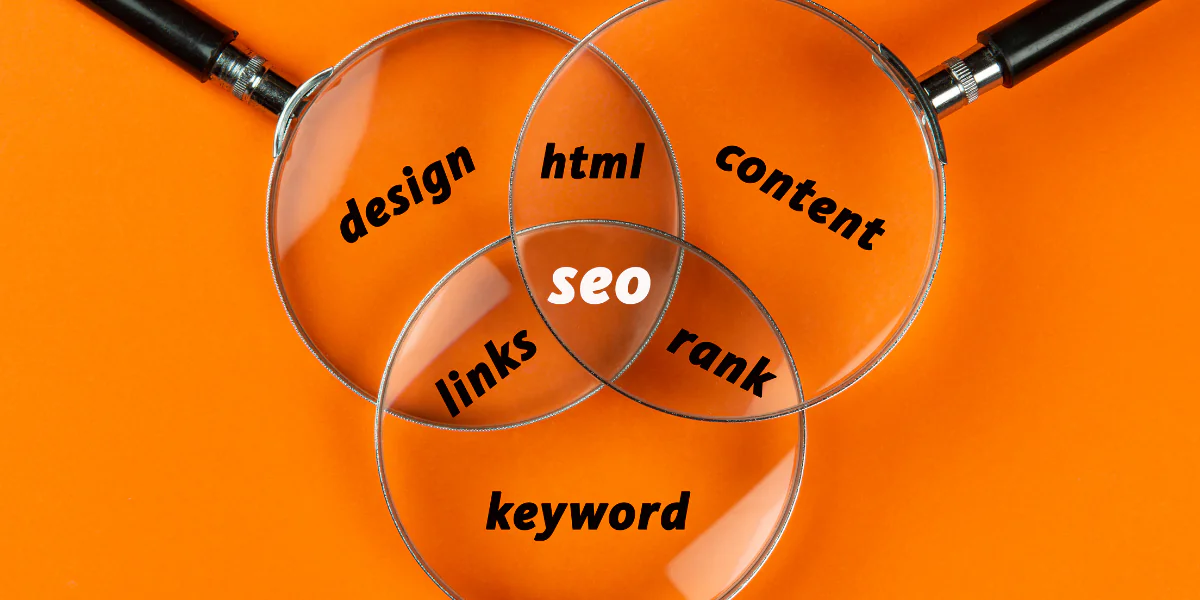 On-page is the procedure of optimizing individual web pages to rank higher and get more relevant traffic in search engines. This includes on-page SEO factors such as good keyword research, high-quality and user-intended content, relevant internal linking, optimizing images and videos, and improving page loading speed. On-page SEO is very crucial, as it directly affects your website’s traffic, accessibility, and online visibility for potential visitors. Without proper optimization, you can’t rank well on Google, which makes it difficult for users to find you. Because users only open those pages that are at the top of Google and skip the below ones, it’s one of the on-page SEO examples.This results in lower traffic, and you can potentially lose opportunities for getting more conversions and sales. So, this is why considering on-page SEO for a well-optimized website is essential for everyone.
On-page is the procedure of optimizing individual web pages to rank higher and get more relevant traffic in search engines. This includes on-page SEO factors such as good keyword research, high-quality and user-intended content, relevant internal linking, optimizing images and videos, and improving page loading speed. On-page SEO is very crucial, as it directly affects your website’s traffic, accessibility, and online visibility for potential visitors. Without proper optimization, you can’t rank well on Google, which makes it difficult for users to find you. Because users only open those pages that are at the top of Google and skip the below ones, it’s one of the on-page SEO examples.This results in lower traffic, and you can potentially lose opportunities for getting more conversions and sales. So, this is why considering on-page SEO for a well-optimized website is essential for everyone. On-Page SEO Checklist
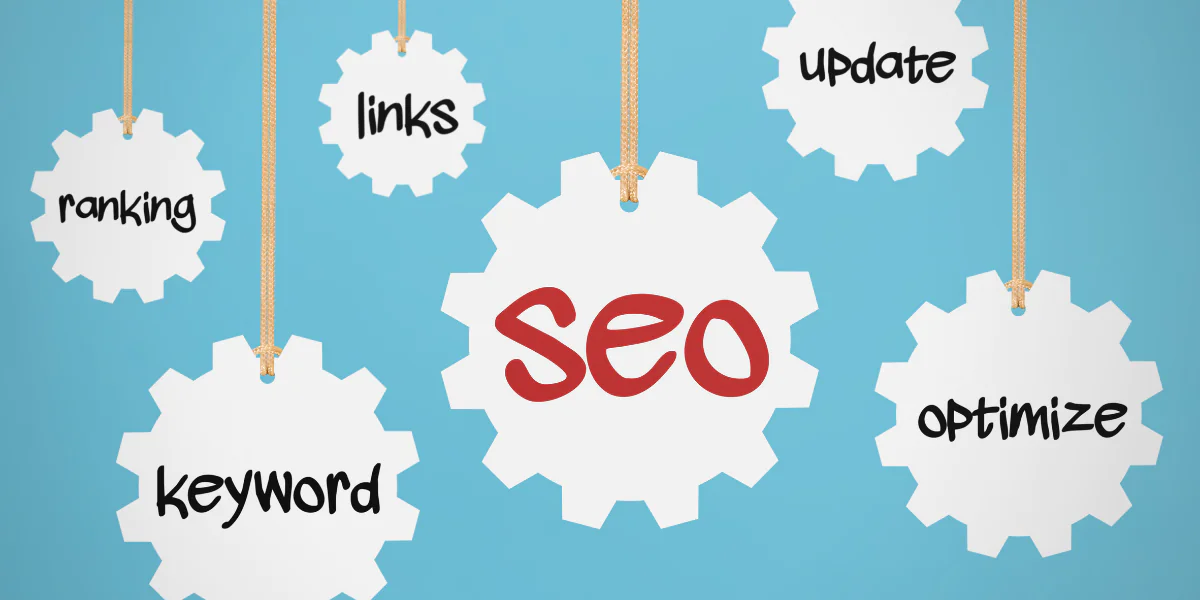 One-page SEO includes several key elements to boost your website. These are:
One-page SEO includes several key elements to boost your website. These are:Keyword Research & Analysis
The first step in creating high-quality content is to do SEO keyword best practices to research relevant topics and content in which users are interested. Conduct thorough keyword research by using on-page SEO tools like Keyword Everywhere and SEMrush. Make sure to add long-tail keyword search volume in your content. The long tail keyword length means a keyword with 4 to 5 words. You can also search for relevant terms on Google by checking what other competitors are doing on that specific keyword.Title Tags & Meta Description Optimization
Title tags are a crucial element for your web pages. These titles must be less or equal to 60 characters and must be unique and engaging. Whenever a user or Google crawler reads this page, it must understand for which purpose this blog is written. For this, make sure to insert your focus keyword to cover the intent of your blog. Meta descriptions are short descriptions that must be under 155 characters and appear beneath the title in search results. Make sure to add a focus keyword to it. These descriptions encourage users to click through and read the content.Header Tags Optimization
Header tags are a very important element for ranking your website. Header tags are heading tags from h1 to h6. The purpose of these tags is to structure your content for both the user and search engine to understand its main topic.Content Optimization
Content optimization is essential for ranking. The ratio of adding a focus keyword in your content is 1-2%. The ideal content length of a blog post must be within 1500 to 2500 words. The longer content tends to perform better as it has more space to add valuable information and keywords. But you’ve to focus on your intent; don’t miss it. Another important factor in content optimization is using content strategies such as E-E-A-T and YMYL strategies in your mind. It helps Google check the quality of content.Image & video optimization (file names, alt text)
Image and video optimization with the descriptive file name and alt text is essential for the page’s SEO. Add the same keyword in the image alt text, as images also rank.Internal & External Linking Optimization (follow and do follow links)
Internal linking refers to the process of linking different pages of your website. These links help users to navigate through the website as long as they can. The longer they stay, the longer it helps Google crawlers to index your site pages. Also, ensure you’re using relevant anchor text for internal linking. However, don’t overdo these links; 3 to 4 internal links are enough, as they impact your website’s performance. External linking is the method of linking others’ websites to your content. It helps Google to improve the credibility and authoritativeness of your website, and also drive traffic from those websites. Plus, other widely used attributes for linking are no-follow and do-follow links, which determine how search engines perceive and follow a link. A no-follow link tells search engines not to consider the linked pages for ranking purposes. However, the do-follow links allow search engines to follow the link and potentially boost the linked page’s ranking.URL Structure Optimization
This is one of the most important factors of on-page SEO. A well-structured URL not only helps search engines understand the content of your web pages but also helps users easily navigate through and share your links with others. It should be concise, and have a focus keyword in it.Featured Snippet
A feature snippet is the highlighted answer box at the top of Google. It’s the answer to short query searches by users on Google. Feature snippets are crucial for website performance and visibility, as many visitors click on them. It’s known as position zero for search engines to rank websites that get featured snippets. To get a featured snippet on your website, make sure to write questions in the definition format, use bullets and tables for it, and provide accurate and to-the-point answers for it.Content Auditing
It is a part of SEO auditing. It includes the process of evaluating and analyzing all the content on your website. Thoroughly inspect in which areas there’s a need for improvement and ensure that content is aligned with your current goals and objectives.How Does On-Page SEO Benefit Your Website?
 SEO provides several benefits to your website. Here are some benefits of on-page SEO:
SEO provides several benefits to your website. Here are some benefits of on-page SEO:- It enhances search engine visibility by optimizing website content for relevant keywords.
- It improves the user’s experience by optimizing or structuring website content, using alt text, and fast loading time.
- With the help of internal linking, it promotes website navigation and improves user engagement on your website.
- The descriptive URLs enhance search engine indexing and user understanding.
- The regular content update helps Google understand the freshness and relevance for higher ranking.
- With the right content on-page SEO techniques and skills, you can get a featured snippet that indirectly boosts clicks and the overall ranking of your website.
- It ensures that monitoring and analyzing the content provides insights for ongoing optimization strategies.
- The integration of a social media sharing button boosts visibility and amplifies audience reach on your website.
How to Choose the Right SEO Service-Based Company?
 There are several websites available ready to boost your website through their experiences in overall SEO: on-page SEO, off-page SEO, and technical SEO. But the question is how you’ll get the right SEO company to get SEO services for yourself. Here’s how you contact professionals for ranking your website’s performance:
There are several websites available ready to boost your website through their experiences in overall SEO: on-page SEO, off-page SEO, and technical SEO. But the question is how you’ll get the right SEO company to get SEO services for yourself. Here’s how you contact professionals for ranking your website’s performance:- Research multiple companies thoroughly to get their track record and client testimonials to check their success rate.
- Look for a company that stays with the latest SEO trends and adapts strategies that are effective for ranking business websites.
- Make sure to look for a company that provides exceptional services of on-page SEO at the cheapest rate.
- Check the services they offer and inspect whether or not these services align with your business needs and budget.
- Consider the accuracy, transparency, and communication level they provide for collaborative partnerships.
- Request for their consultation to understand their approach and how they plan to serve their services to your business needs.
What are Some Common Mistakes to Avoid when Implementing On-Page SEO?
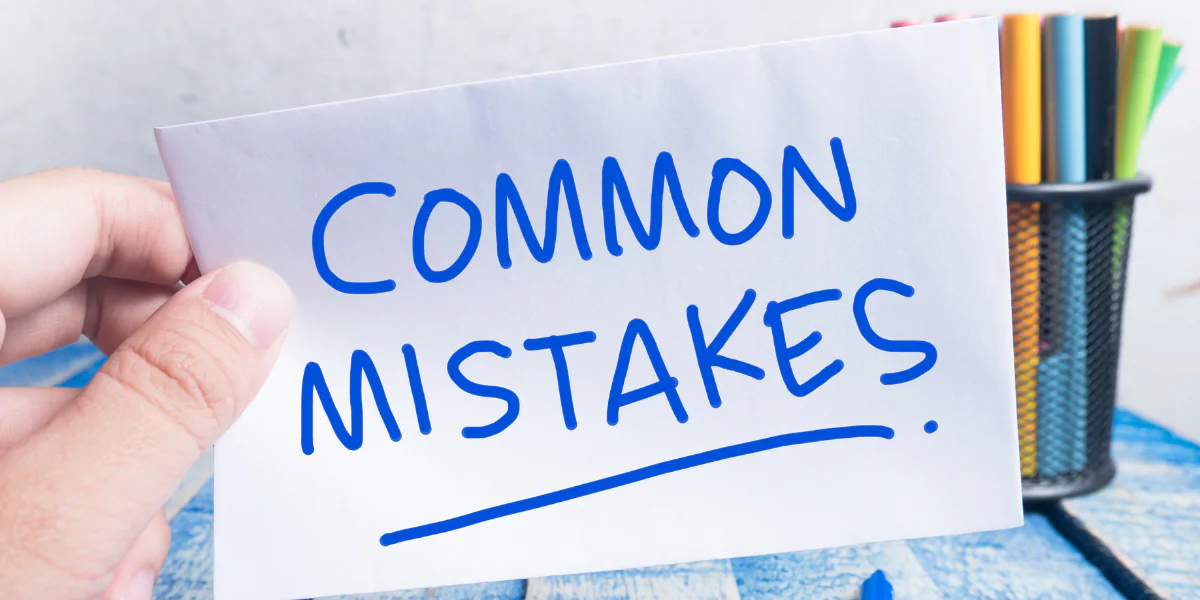 Some common mistakes that must be avoided while doing on-page SEO. These include:
Some common mistakes that must be avoided while doing on-page SEO. These include:- Not conducting proper keyword research
- Ignoring title tags and meta descriptions with relevant focus keywords.
- Overstuffing relevant keywords in the content creation.
- Focusing on quantity over quality in content
- Ignoring website structure and navigation
- Forgetting to optimize images
- Skipping structuring the content with headings
- Ignoring the opportunity for proper internal linking
- Failing to regularly update and refresh the content

